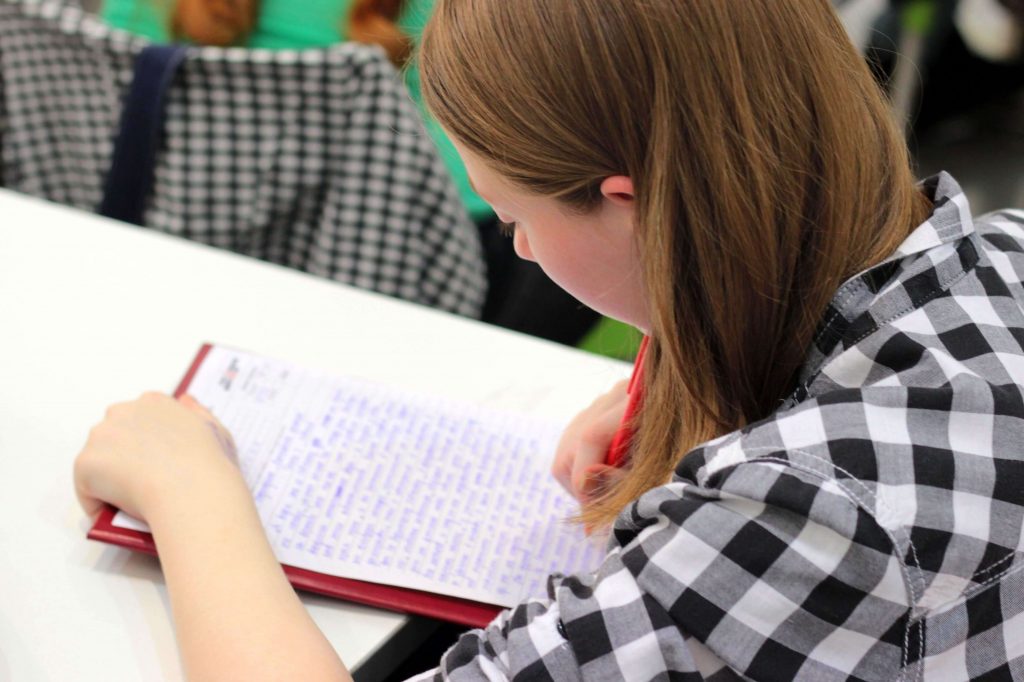The public school model of education is a model established to produce a literate work force. We need a literate work force, and so for much of the population that model works. Homeschooling is not for every child, but for some students it is a wonderful alternative to public education.
Homeschooling tends to change the way students learn. Or perhaps, more than changing the way a student learns, it allows students to learn in a different manner. Let’s look at a couple of examples.
In public school, there is a determined curriculum, based on the easiest way to present information to a large group of
students. Due to the nature of the institution, it is not reasonable to plan individualized courses of instruction for each student and the way that each student learns. In public school it is also difficult to accommodate individual learning styles.
students. Due to the nature of the institution, it is not reasonable to plan individualized courses of instruction for each student and the way that each student learns. In public school it is also difficult to accommodate individual learning styles.
Homeschooling allows students to learn in the manner that is best for them. If that means that they need to recite the lesson out loud, or listen to an audio lecture that can be accomplished in the home. If a student needs to make noise, or toss a ball from hand to hand, or listen to music while working with their hands, then homeschooling can allow this also.
In homeschool, each student is considered an individual. Each student’s strengths and weaknesses can be taken into account. The way a student learns can be taken into account. Because there are fewer students to be distracted, a student is able to learn in the best way for them.
Instead of learning at the pace of the masses, homeschooled students get to learn at their own pace. This means students who can whip through an assignment are not bored as they wait for slower students. It also means that a student who needs a little more time to pack down an idea is allowed to take the time to learn the
material. This flexibility in time reduces the frustration of finishing early and having to wait, or knowing you will
never get the information before the class must move on.
material. This flexibility in time reduces the frustration of finishing early and having to wait, or knowing you will
never get the information before the class must move on.
Additionally, homeschooling allows a student to learn the things that interest him. If a student’s personal interest is art, then the education can be customized for a homeschooled student to allow more time for art study, art practice, lessons, or museum time. This also works for students who are athletes, or those who show particular aptitude for a subject. For example, if a student is very good in math, homeschool can be adapted so that more time is allowed for additional
math studies.
math studies.
Homeschool can be infinitely flexible, and because of this it is better suited for students who learn differently. Students who are outside of the norm, whether that is in the gifted range, or the academically challenged range, are great candidates for homeschooling.
Homeschooling is not for every student or every family. There are circumstances where a public school setting or private school setting is better suited for a particular student. And in saying that homeschool is right for some students the intent is not to condemn the public institution. However, if your student is having difficulty in the traditional setting, consider homeschooling as a viable alternative.
There are a number of agencies and resources on the net that can help you in homeschooling your child. If you are preparing an homeschooled child for 11 plus, you might want to take a look at our Lesson in the post Page.
One of the children I have thought for 2 years was initially home schooled when they moved to UK. She succeeded in gaining admissions into Henrietta Barnet School , Latimer School, North London Collegiate (scholarship), St Pauls and Haberdasher Girls School Girls.
I am not sure she would have been able to attain this level of success without the individually tailored tuition.






About The Author: First Class
More posts by First Class